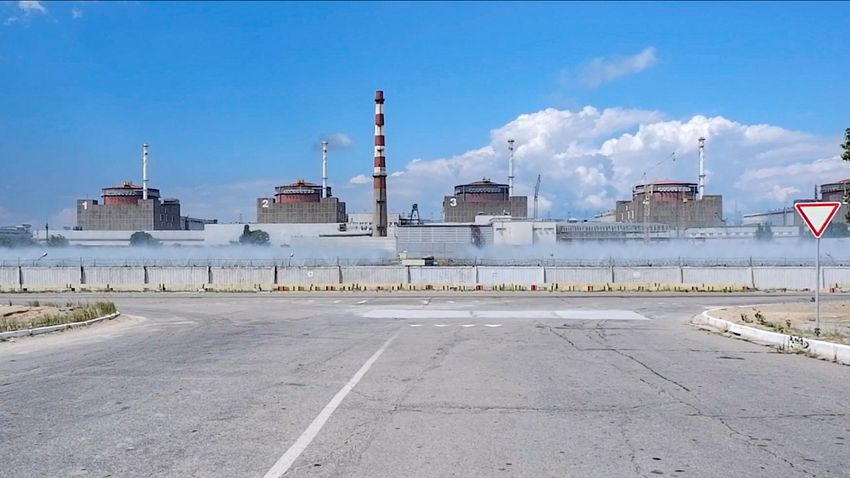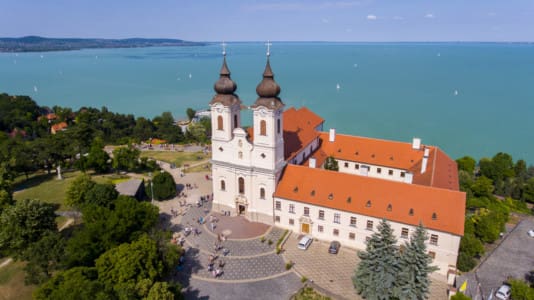Hungarian nuclear engineer Attila Aszódi has warned that it is difficult to predict what effect an attack similar to the one against the Kakhovka dam could have on the Zaporizhzhia nuclear power plant in Ukraine.
Asked by Hungarian daily Magyar Nemzet, Aszódi said that “in principle, it is difficult to cause damage to a power plant with a high explosive charge that would result in a high level of radiation, but a targeted, systematic attack could cause massive damage to the plant.”
He pointed out that it is unlikely that an explosion like the one at Chernobyl would occur at the power plant, as modern plants in Europe operate in a very different way and are equipped with more safety equipment. However, staff and plant preparedness have a huge role to play in preventing such a disaster.
Aszódi said that attacking such a plant was very risky because if the reactor could not be cooled, an internal process would start in the plant that would become irreversible after a while.
In such cases, the expert said, most nuclear power plants already have serious accident management systems in place, but it is questionable how much damage would be caused to these devices. Another important uncertainty is the extent to which the containment building, which hermetically seals the plant from the outside world, would be damaged in an attack.
Dam attack could damage the nuclear plant
The nuclear power plant is not only at risk from a direct attack, but also from an attack on the hydroelectric power plant at Nova Kahovka, for example, which supplies cooling water to the nuclear facility.
The International Atomic Energy Agency has sought to reassure the public with its current assessment that there is no immediate threat to the safety of the facility. It was highlighted that its own cooling pond could provide cooling for the fuel elements for a few months, but that this water would be supplied from the reservoir, which was depleted by the attack. The experts are relying on the natural flow of the river in the long term.
Once the stored water behind the blown-up dam flows out, the water level in the river section of the nuclear power plant will drop and much larger fluctuations in the water level will occur with the flow of the Dnipro River, the expert explained.
He added that cooling the plant could become more complicated, but that this negative effect would be mitigated by two factors.
First, the Zaporizhzhya nuclear power plant has been shut down since August 2022 and has not been in operation; thus, the cooling water demand of the units has been significantly reduced in the past nine months. And second, a cooling water reservoir with a volume of 47 million cubic meters is separated from the Dnipro River reservoir next to the plant by artificial dams, which allows it to maintain water levels independent of the reservoir. This pool can provide an adequate supply of cooling water for the plant for a longer period.
Although Aszódi said that no nuclear emergency is expected at the moment due to the dam explosion at the Zaporizhzhya nuclear power plant, he added that further developments would require attention. “The current events are causing a reduction in the level of safety, as access to and availability of cooling water has changed compared to the design,” he added.





